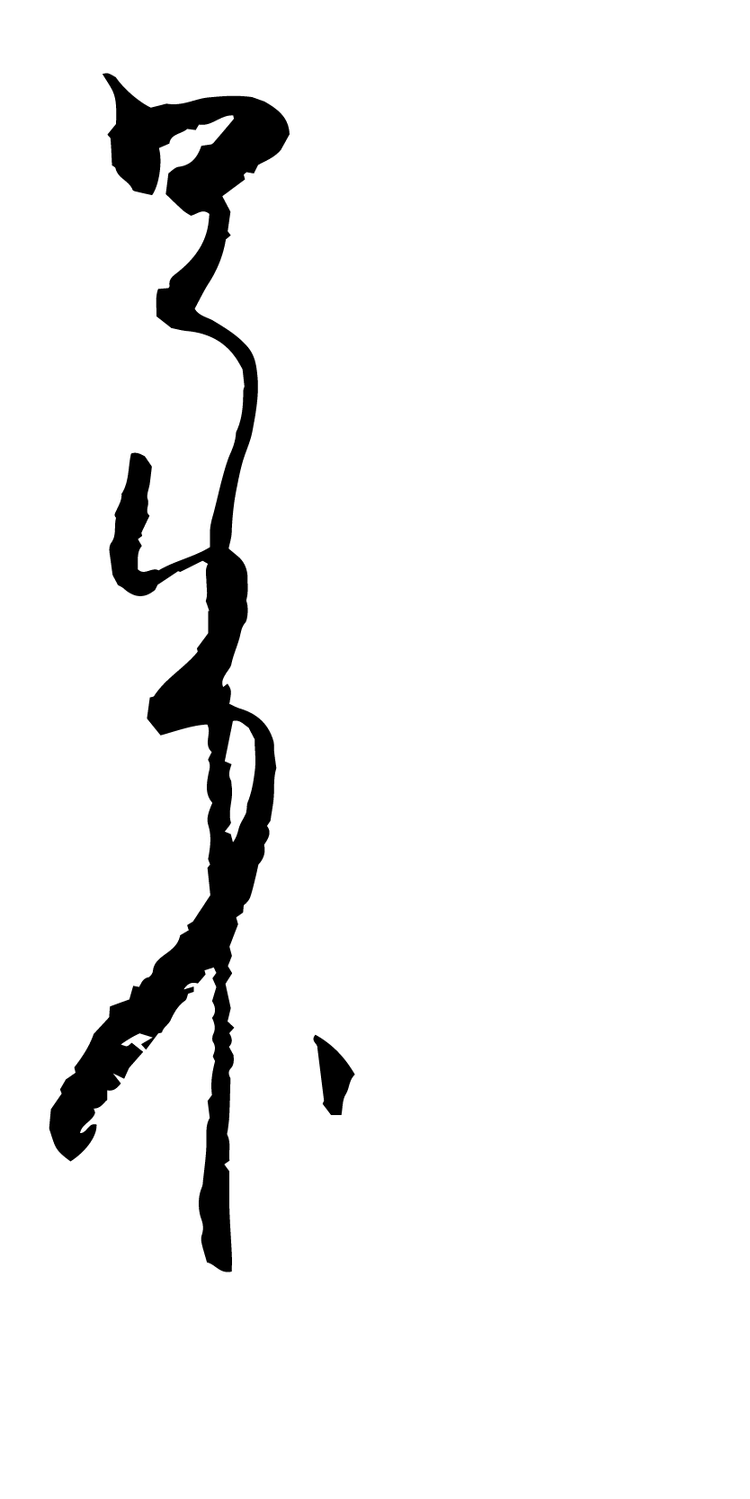Interview with Experimentalist.RO
Interviewer: Irina Petrovici / April 21, 2016 in Bangkok, Thailand
photo by Aline Deschamps
Q. What turned you to drawing?
I wanted to become an artist when I was little. I studied art in the university, though, I never thought that I could really become an artist. When I was 6 or 7 I went in the mountains with my father and I drew this scenery in my sketch book for a picture dairy we had to do everyday at school. My father told me I did very well. So this is the first memory I have, the first encouragement I got. When I went to the university the contemporary art didn’t really speak to me and I didn’t want to get involved in it.
Q. You studied Oriental Painting.
I wanted to do art the more traditional way and was looking for my own way to express my feelings so I started this daily drawing, Moonassi series. But I wasn’t expected to become a serious artist so I had this full time job as a designer for 6-7 years. When I came back home I drew and then I published it on the internet. It’s not really easy to be confident as an artist because you can’t make any money from your art at the beginning. There are many great artists but they don’t have the chance to show their work or they don’t have the money for a living so they give up on their art. It’s about luck as well.
Q. Seoul, South Korea. Daehyun returned home after he lived for a couple of years in Europe. I asked him what would he recommend to do in Seul if we visit.
I had some friends visiting from Europe. It depends who you are, but there are some nice museums like MMCA (National Museum of Modern and Contemporary Art) which is recently opened near the Palace, so I suggest you go to this area. Then you can go to this traditional village, Bukchon Hanok Village, where you can see traditional buildings. It’s the place where I lived for a while after returning from Vienna. It’s an interesting place because they keep their traditional building but they have a modern life style. Maybe some hipsters place, but they’re always changing. You can find small coffee places, small art galleries that sort of thing.
Q. What would a normal day in your life look?
Wake up around 10 and if I have an assigned job I’d do this or if I have a new exhibition I prepare for that. Sometimes I go and teach at the university (the same I went to). I teach Applied Arts.
Q. How is your art seen in Korea? Is it something special or does it fit into a pattern, a traditional style?
I think nobody knows what Korean art is. There are some typical things identified as traditional art like there are 5 colors, some patterns, some typical figurative drawings which are present in all Oriental painting. So people recognize these are traditional paintings. You can go to these old art galleries and see old art pieces but they are always kept in there, you can’t see it somewhere else.
Q. You use traditional art but the concepts are modern.
It’s daily life. People at home they think it’s a modern illustration, they don’t see it as traditional painting. Korean people don’t really express how they feel about my paintings. Westerners express it so much more, they give me a more detailed feedback. For example, I have been asked if they could use my art to get a tattoo.
Q. Your work do you ever do it digitally?
My work is all done by hand.
Q. Have you done murals before?
No, it’s the first time I do a mural. I wanted to show more details, maybe too much details so I chose a smaller surface. I was interested in doing a mural because I can talk with locals, I can interact with them. I like it, could get used to this. Would like to do more murals because I want to travel a lot.
Q. Your art is about duality.
Duality is in our nature. Whenever you feel uncomfortable, when you hesitate to do something it’s always our own duality. Inside everyone there is a “me and you”. It can be me and you, me and society, me and my parents.
Q. This detachment is inspirational and it reflects in your work.
I am not that person but I want to become more like that. When I draw I forget myself.

